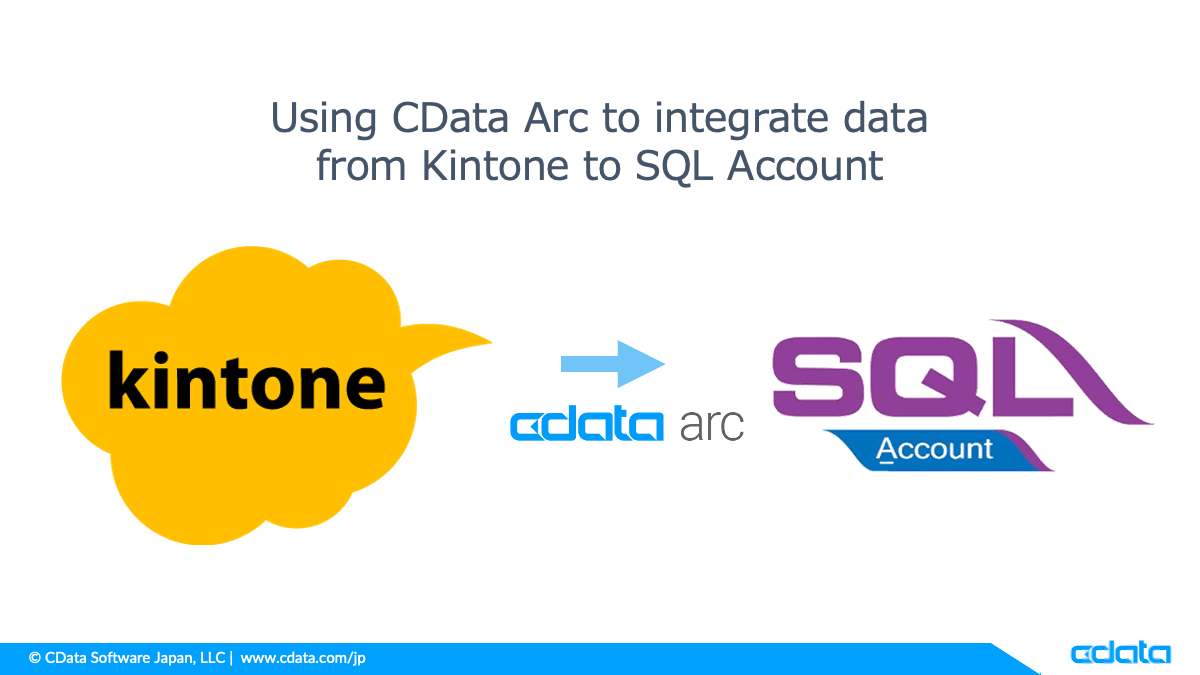Discover how a bimodal integration strategy can address the major data management challenges facing your organization today.
Get the Report →Connect to Oracle Eloqua Data from PowerBuilder
This article demonstrates how to access Oracle Eloqua data from Appeon PowerBuilder using the CData ADO.NET Provider for Oracle Eloqua.
This article demonstrates using the CData ADO.NET Provider for Oracle Eloqua in PowerBuilder, showcasing the ease of use and compatibility of these standards-based controls across various platforms and development technologies that support Microsoft .NET, including Appeon PowerBuilder.
This article shows how to create a basic PowerBuilder application that uses the CData ADO.NET Provider for Oracle Eloqua to perform reads and writes.
- In a new WPF Window Application solution, add all the Visual Controls needed for the connection properties. Below is a typical connection string:
User=user;Password=password;Company=CData;
There are two authentication methods available for connecting to Oracle Eloqua: Login and OAuth. The Login method requires you to have the Company, User, and Password of the user.
If you do not have access to the username and password or do not wish to require them, you can use OAuth authentication. OAuth is better suited for allowing other users to access their own data. Using login credentials is better suited for accessing your own data.
- Add the DataGrid control from the .NET controls.
-
Configure the columns of the DataGrid control. Below are several columns from the Account table:
<DataGrid AutoGenerateColumns="False" Margin="13,249,12,14" Name="datagrid1" TabIndex="70" ItemsSource="{Binding}"> <DataGrid.Columns> <DataGridTextColumn x:Name="idColumn" Binding="{Binding Path=Id}" Header="Id" Width="SizeToHeader" /> <DataGridTextColumn x:Name="nameColumn" Binding="{Binding Path=Name}" Header="Name" Width="SizeToHeader" /> ... </DataGrid.Columns> </DataGrid> - Add a reference to the CData ADO.NET Provider for Oracle Eloqua assembly.
Connect the DataGrid
Once the visual elements have been configured, you can use standard ADO.NET objects like Connection, Command, and DataAdapter to populate a DataTable with the results of an SQL query:
System.Data.CData.OracleEloqua.OracleEloquaConnection conn
conn = create System.Data.CData.OracleEloqua.OracleEloquaConnection(connectionString)
System.Data.CData.OracleEloqua.OracleEloquaCommand comm
comm = create System.Data.CData.OracleEloqua.OracleEloquaCommand(command, conn)
System.Data.DataTable table
table = create System.Data.DataTable
System.Data.CData.OracleEloqua.OracleEloquaDataAdapter dataAdapter
dataAdapter = create System.Data.CData.OracleEloqua.OracleEloquaDataAdapter(comm)
dataAdapter.Fill(table)
datagrid1.ItemsSource=table.DefaultView
The code above can be used to bind data from the specified query to the DataGrid.






